Tahini and Tzatziki hold a special place in the world of sauces and dips. These two distinct condiments, hailing from the Mediterranean and the Middle East, have found their way into global cuisine due to their unique flavours and health benefits. Let’s dive deep into their origins, preparation methods, benefits, and diverse culinary uses.
The Origins: Exploring the Roots
The tale of Tahini and Tzatziki takes us on a culinary journey through the Mediterranean and Middle Eastern cuisines, where these sauces play a significant role in creating authentic flavours.
Tahini Sauce
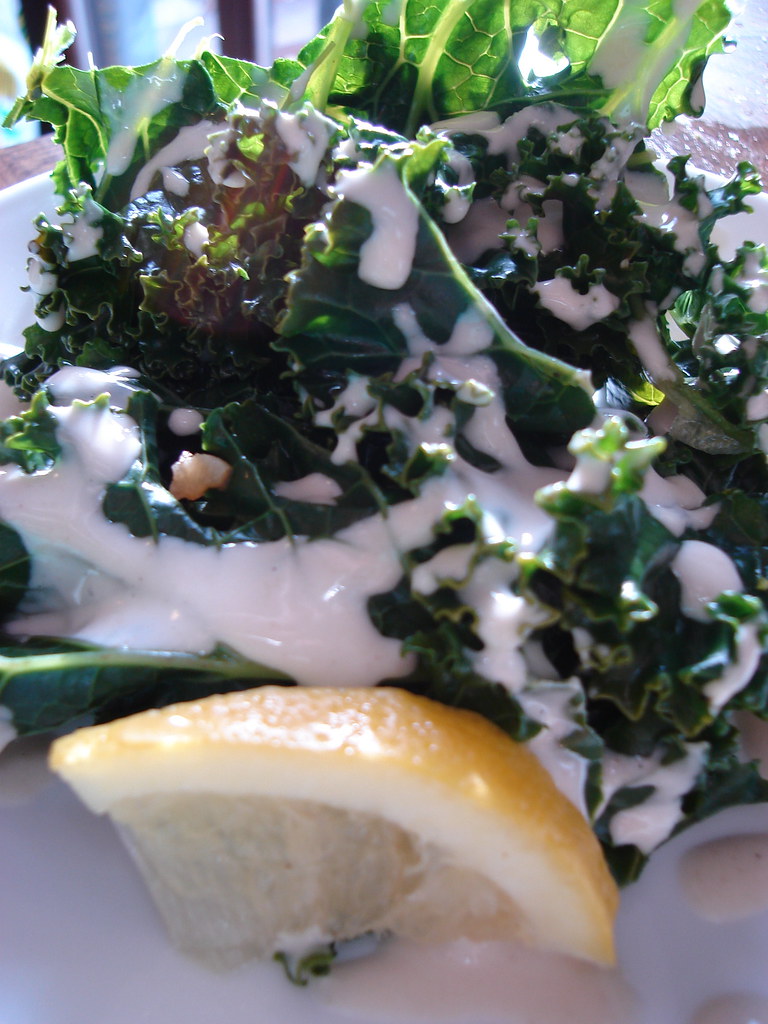
Tahini sauce originates from the Middle East, with ancient records suggesting its use dates back to around 3500 BC. It is a fundamental ingredient in many Middle Eastern and Mediterranean cuisines. Tahini sauce is traditionally made from hulled sesame seeds, which are ground to form a smooth and creamy paste.
Tzatziki Sauce
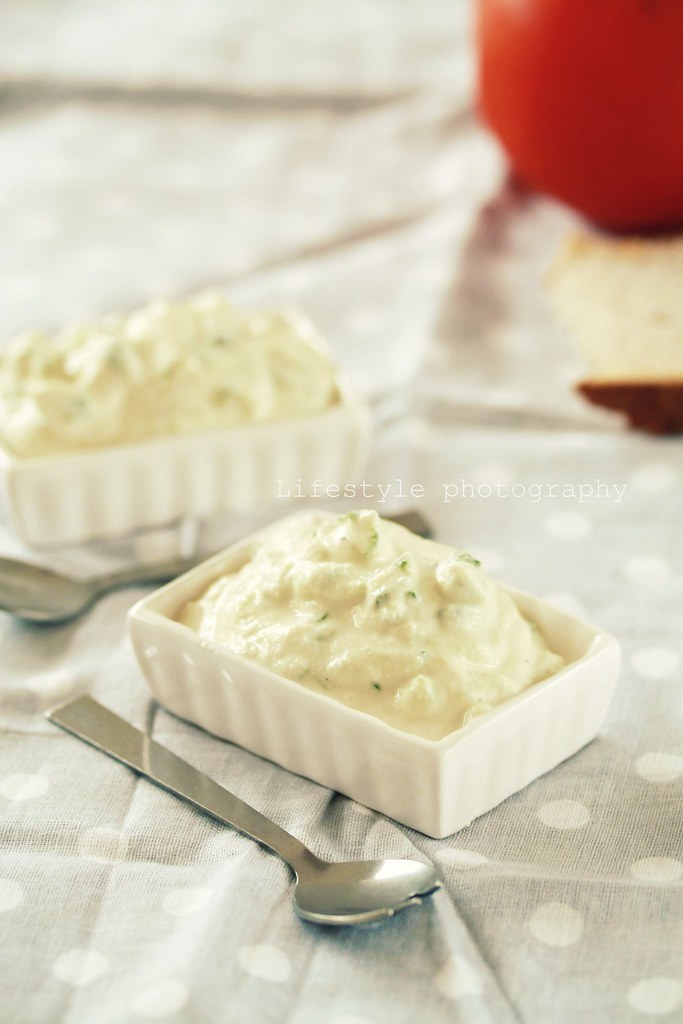
On the other hand, Tzatziki sauce is a classic component of Greek cuisine. Although its use spans the Middle East and Southeast Europe, it is most famous for its role in Greek food, where it’s used as a dip or sauce in numerous dishes. Tzatziki sauce is traditionally made from strained yoghurt, cucumber, garlic, olive oil, and herbs like dill or mint.
Homemade Delights: Recipes You Can Try
Venturing into the art of sauce making? Here’s how you can prepare Tahini and Tzatziki sauces at home and add a touch of authentic Mediterranean and Middle Eastern flavours to your meals.
How to Make Tahini Sauce
To make tahini sauce at home, start by toasting sesame seeds in a dry skillet over medium heat until they’re lightly golden. Next, transfer the toasted seeds to a food processor and blend them with olive oil until you get a smooth, creamy paste. Season with salt to taste. For a thinner consistency, suitable for drizzling, add water and lemon juice, blending until the desired texture is achieved.
How to Make Tzatziki Sauce
For tzatziki sauce, grate a cucumber and squeeze out its juice. Then, combine it with thick Greek yoghurt in a bowl. Add finely minced garlic, olive oil, and freshly chopped dill or mint. Stir well to combine, and season with salt and a splash of vinegar or lemon juice. Remember to refrigerate it for a few hours before serving to allow the flavours to meld together.
Beyond Taste: Nutritional Benefits
Tahini and Tzatziki are not just about adding incredible flavours to your dishes. They also offer numerous health benefits.
Benefits of Tahini Sauce
Tahini sauce is rich in healthy fats, vitamins, and minerals. It contains antioxidants and is a good source of dietary fibre. It’s high in heart-healthy unsaturated fats and provides substantial protein. In addition, tahini is rich in several B vitamins, vitamin E, and minerals such as magnesium, iron, and calcium.
Benefits of Tzatziki Sauce
On the other hand, Tzatziki sauce is a healthier alternative to many creamy dips due to its base of Greek yoghurt, which is high in protein and probiotics. The cucumber, dill, and garlic contribute additional health benefits such as aiding in digestion, providing anti-inflammatory effects, and supporting heart health.
Culinary Uses: Elevate Your Dishes
Here are some culinary uses of both sauces:
Using Tahini Sauce
Tahini sauce is a versatile ingredient and is used in a variety of dishes. It’s the critical component of hummus and baba ghanoush, and it’s also used as a salad dressing or a topping for meat and vegetables in Middle Eastern cuisine. Its rich, nutty flavour can even be found in sweet dishes, like halva or cookies.
Using Tzatziki Sauce
Tzatziki sauce is famous as a dip for pita bread, a dressing for Greek salad, or a topping for gyros and souvlaki. It is also a fantastic accompaniment to grilled meats and vegetables, and it can be used as a spread in sandwiches or wraps.
Tahini and Tzatziki, each with unique characteristics, offer various flavours and health benefits. By incorporating them into your meals, you can experience authentic Mediterranean and Middle Eastern tastes and enhance the nutritional value of your dishes.
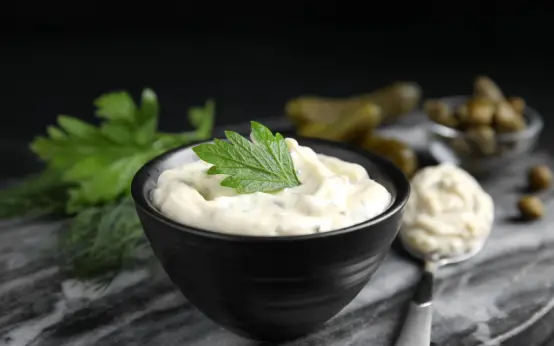 Does Tartar Sauce Have Dairy?
Does Tartar Sauce Have Dairy?  How Long Does Cheese Sauce Last in the Fridge?
How Long Does Cheese Sauce Last in the Fridge? 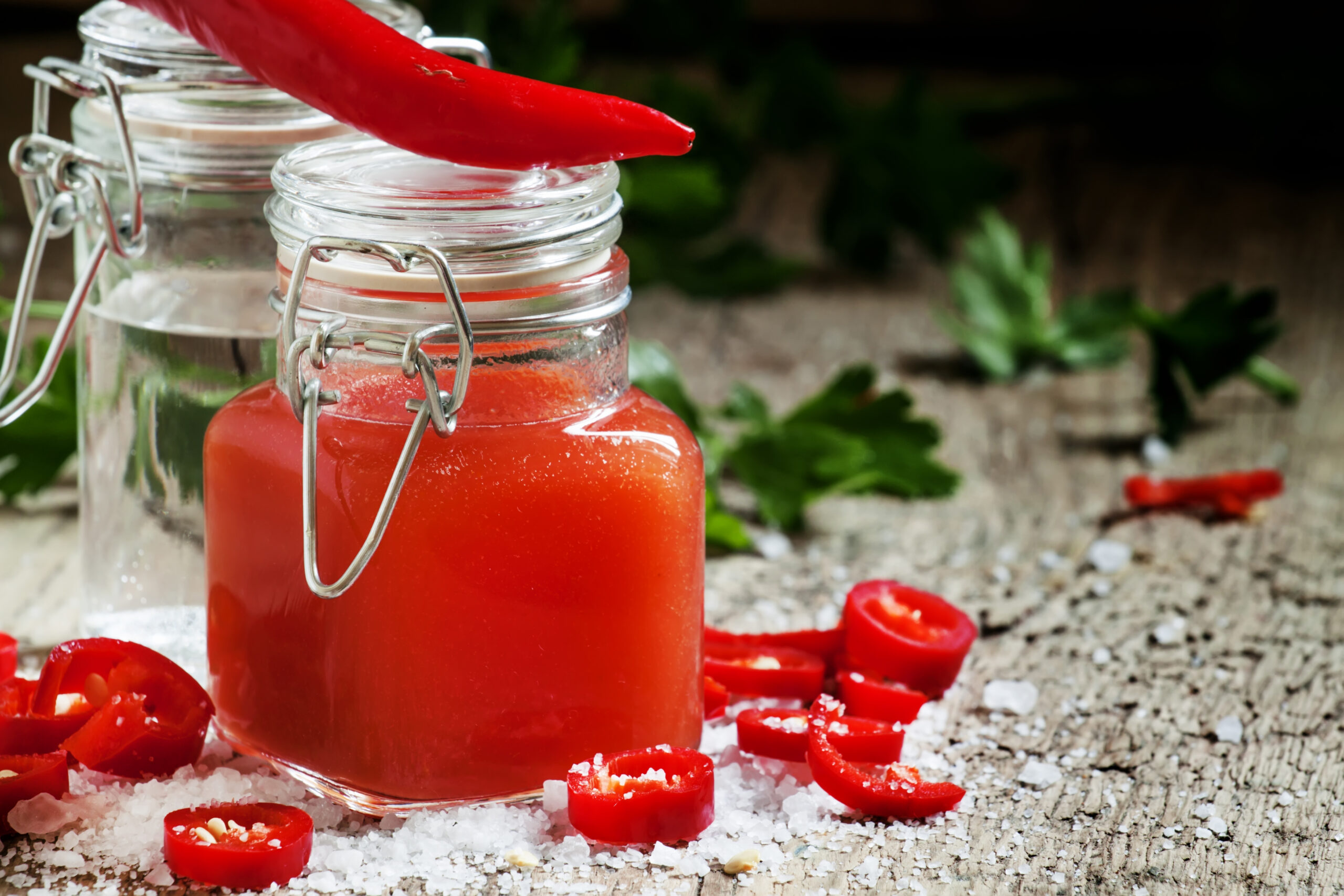 What is Tabasco Sauce and What Can You Use Instead of Tabasco Sauce
What is Tabasco Sauce and What Can You Use Instead of Tabasco Sauce  4 Low FODMAP Tomato Sauce Brands – Do you Really Need One?
4 Low FODMAP Tomato Sauce Brands – Do you Really Need One? 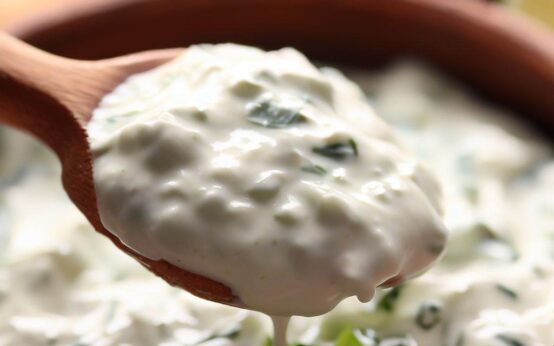 What Does Tzatziki Sauce Taste Like? An In-Depth Exploration
What Does Tzatziki Sauce Taste Like? An In-Depth Exploration 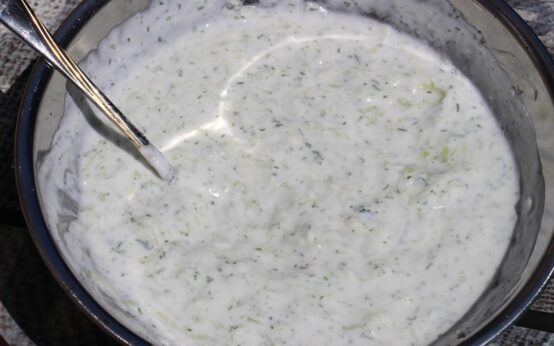 Is Tzatziki Sauce Gluten-Free? A Comprehensive Examination
Is Tzatziki Sauce Gluten-Free? A Comprehensive Examination 